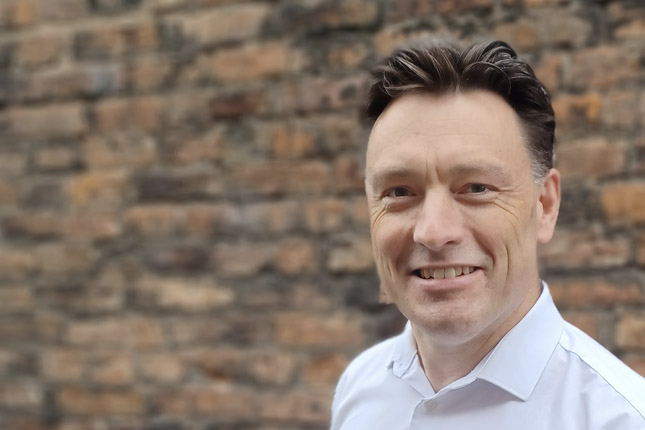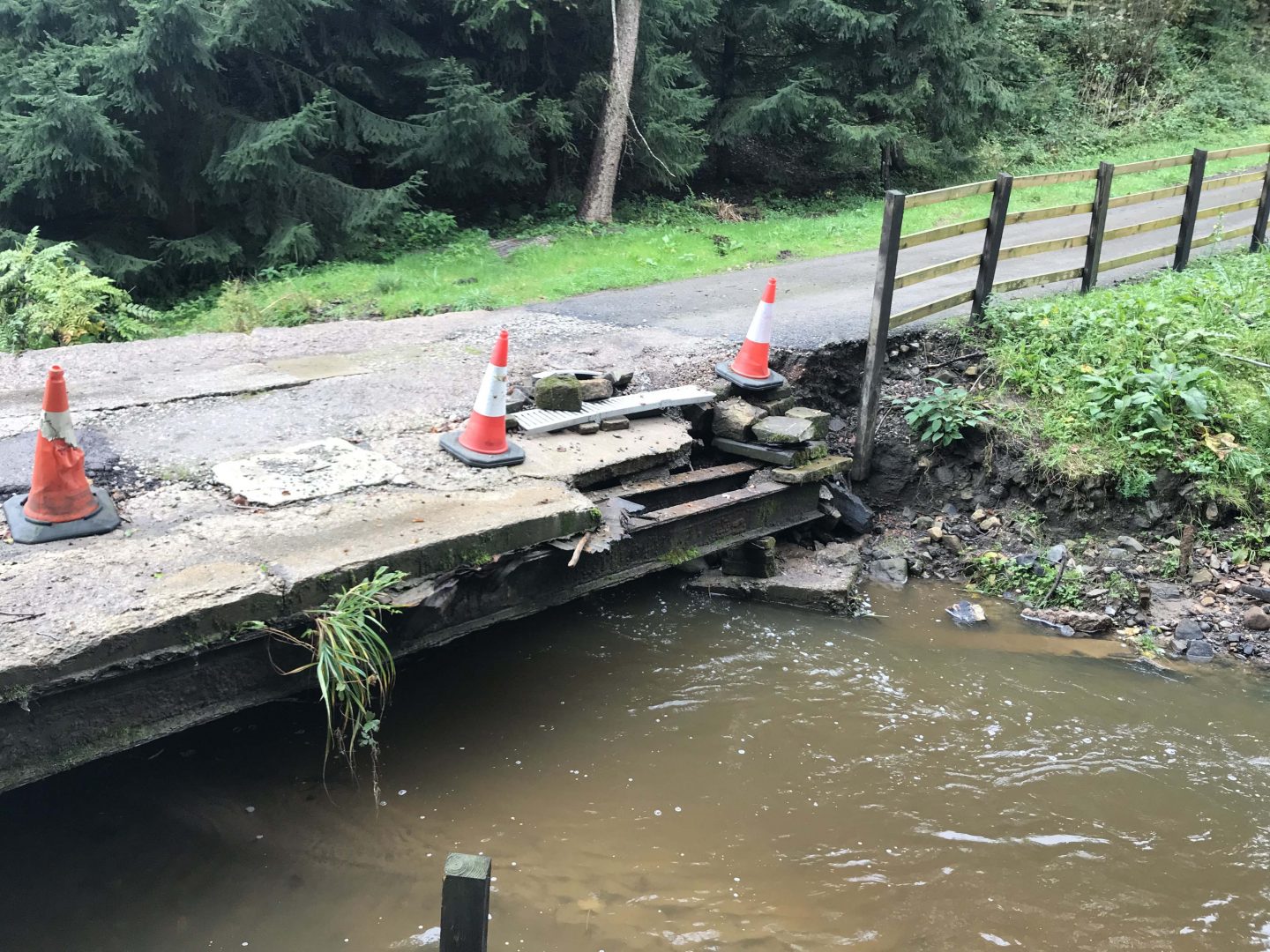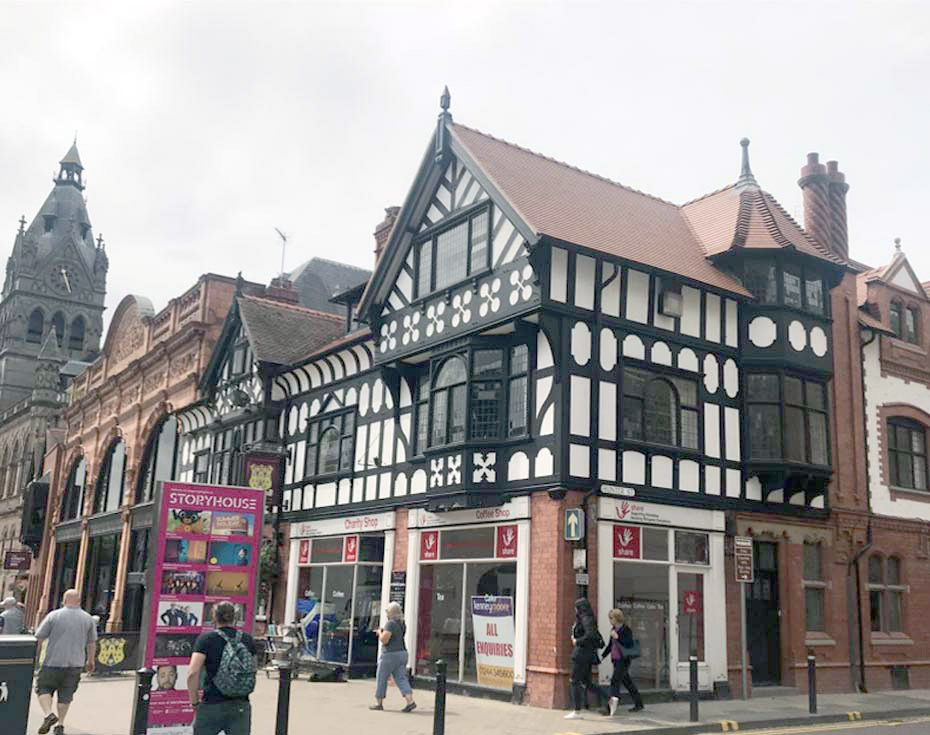Viewpoint: Design Risk Management and why an integrated approach between Designer and Principal Designer is vital
John Rutter | 22 June 2021Design Risk Management (DRM) is a means by which Designers (for example, architects, structural engineers etc) can demonstrate that their designs can be built, used, maintained and eventually demolished without negatively affecting the safety, health and wellbeing of those involved in the construction process or those who may be impacted by the structure, including construction workers, maintenance workers, the building users and members of the public.
The management of risk during the design process is therefore essential for a project to be built safely, and maintained safely, and a measure that competent Designers will engage with as an integral part of the overall design process. The principles of prevention are then applied to the design elements, so measures can be implemented to control the risks identified in the design.
The Designer’s duty
Since the introduction of the CDM Regulations 2015, some Designers assumed that the DRM process required them simply to identify the residual hazards in their designs, and to provide information so that others, usually the Principal Contractor, could deal with the risk issues.
In fact, it is Designer’s duty to reduce or control any risks that they have not been able to eliminate from their designs and provide information about those risks to the Principal Designer, who will then communicate these to the rest of the project team, whereupon they can be considered in the greater context of the project as a whole.
The Principal Designer should ask questions and prompt the Designers to comply with good Design Risk Management and the intentions of CDM 2015.
Design considerations that inform DRM
From the outset consideration must be given to a vast series of questions:
- What is being built?
- What should it look like, and what is the function?
- Where is the project being built?
- What materials will be used, and how will they be specified?
- How will it be used?
- How will it be built (considering risks to site workers, users and/or the general public)?
- When will it be built, how long will it take to build (or how long does the Client want to allow)?
- What are the constraints and circumstances affecting the design and construction?
- Who else is designing this, and what elements or aspects are they addressing eg temporary works?
- What is happening on the adjacent sites or areas?
- What will actively be continuing to be done or used on the site during the construction phase?
- Is this a structure that will be used as a workplace and/or used by the general public?
- How will this structure or element be maintained (risk to site workers, maintainers, users and/or the general public)?
- How will this structure be cleaned, accessed, altered, refurbished, removed or demolished?
The relationship between Designers and the Principal Designer
Designers need to critically assess their design proposals at an early stage, and throughout the design process, to ensure that health and safety issues are identified and integrated into the overall design process and addressed as they go along.
The Principal Designer, who is ultimately in overall control of the health and safety within the design in the pre-construction phase of the project, has to ensure that Designers carry out their duties, as well as liaise with the Principal Contractor to help in the planning, management, monitoring and coordination of the construction phase.
Early collaboration is essential
It is essential therefore for parties to collaborate early on. After all, it is the Principal Designer’s duty to ensure, so far as reasonably practicable, that information is being passed onto those who need it, when they need it – even though they may not know they need it!
This includes what is needed by the Client, other Designers, those tendering, the Principal Contractor and, if necessary, other Contractors (a Project Design Risk Register helps the Principal Designer and the design team to demonstrate this).
Ultimately, it is pointless to complete the design first, and then try to address the risks that the design has introduced. By then, all of the key decisions are likely to have been taken and no one will be willing to make any changes because of the time and cost involved.
Making the process more efficient
It is easier, safer and far more cost effective to change a line on a piece of paper, than to try and rectify a foreseeable issue near the end of the construction process, or even after practical completion.
It is clear why the Principal Designer should be appointed as early as possible in the design process (if practicable at the concept stage) and at least before the start of the construction phase, so they have enough time to carry out their duties to plan and manage the pre-construction and construction phases.
It is also worth noting that if a Client fails to appoint a Principal Designer, then they must carry out their duties.










